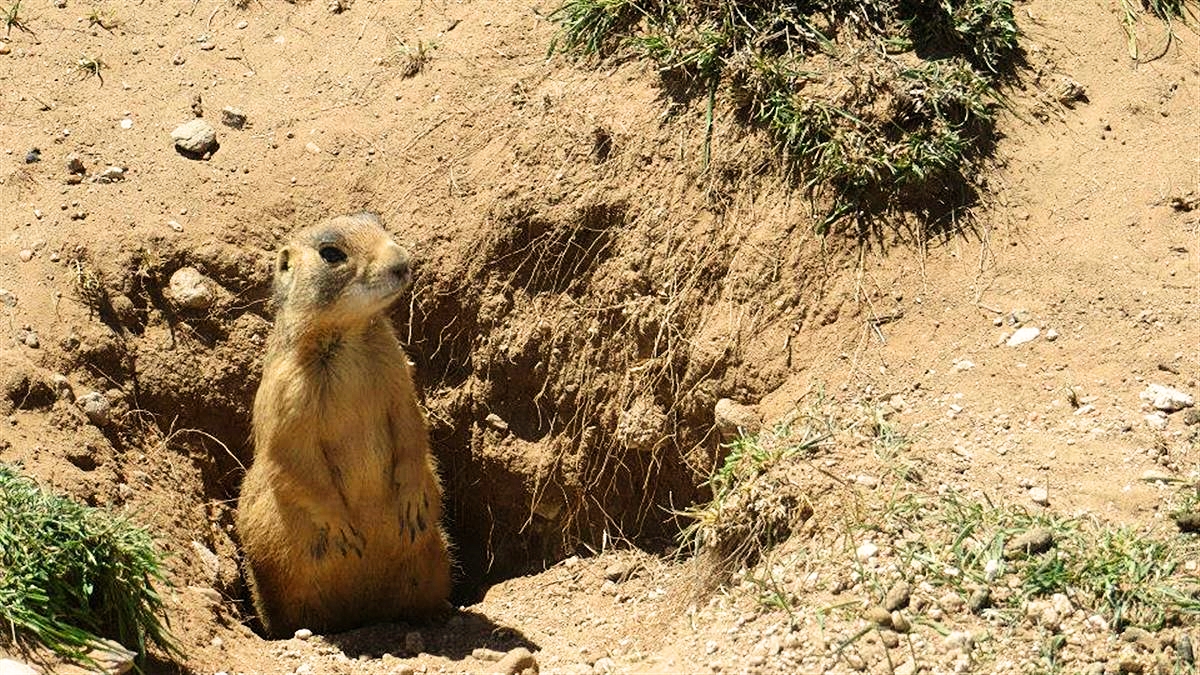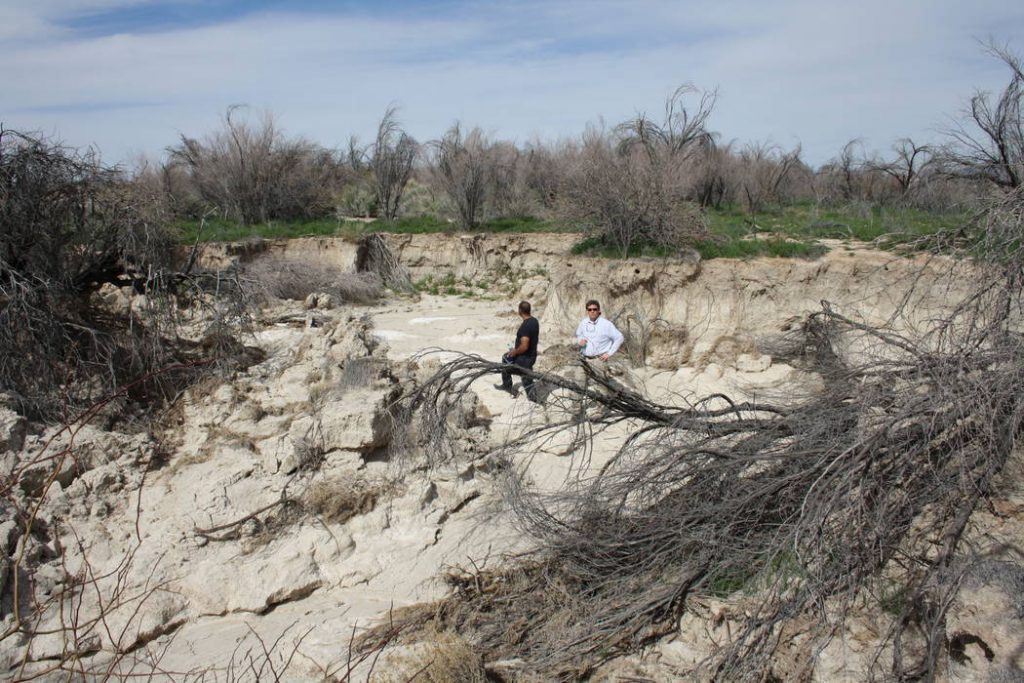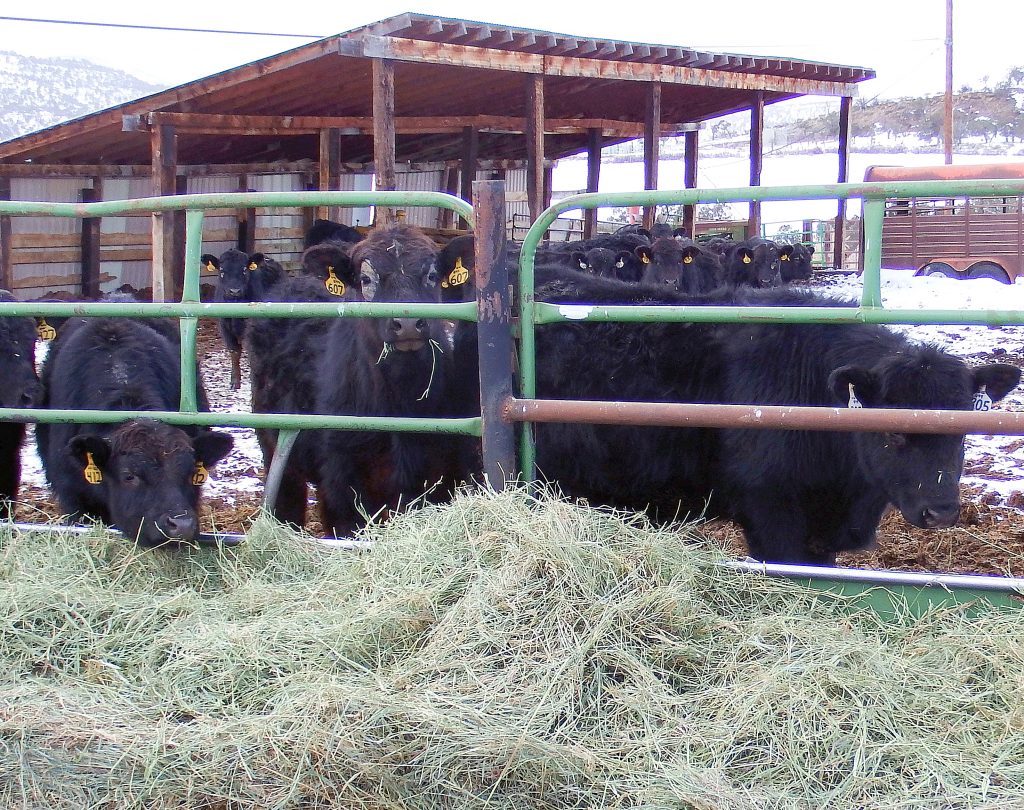Consequently, the regulation blocks people from engaging in activities that most of us take for granted in our own communities—including building homes in residential neighborhoods, protecting private gardens, and enjoying public parks—and forbids the state and local governments from mediating conflicts.
Jonathan Wood
Property & Environment Research Center (PERC)
A PRAIRIE HOME INVASION: How environmental federalism can lead to real recovery of endangered species
An old-fashioned “WANTED” poster hangs in the Capitol Hill offices of Senator Mike Lee. Rather than a notorious criminal, this one features the cartoon image of a Utah prairie dog. To most visitors this might seem like a joke. But for many of Senator Lee’s constituents in southwestern Utah, the rodent is no laughing matter.
The Utah prairie dog (Cynomys parvidens) is one of five types of prairie dogs and is only found in southwestern Utah. Like other species of the rodent, Utah prairie dogs build extensive networks of burrows and tunnels, which provide their colonies shelter and a place to hibernate for four to six months of the year.
The species was pushed to the verge of extinction in the first half of the 20th century by a combination of human development and a federal extermination campaign sponsored by the U.S. Department of Agriculture. That campaign proved a bit too effective, however, and the species was listed as endangered as soon as the Endangered Species Act was enacted in 1973.
With fecundity similar to rabbits, the population grew to more than 20,000 over the next decade, and its status under the act was changed from “endangered” to “threatened.” The population has exploded since then, with state surveys estimating it at around 90,000 today.
However, today’s population of Utah prairie dogs is very different from the one that existed a hundred or more years ago. The rodent’s natural habitat is semi-arid shrubs and grasslands. But these days they seem to prefer the suburbs and farmland, which provide abundant food and protection from predators. As of 2010, approximately 70 percent of Utah prairie dogs reside on private property, thanks in large part to the impacts of human development on the species.
The prairie dog’s affinity for residential and agricultural areas has predictably led to conflict. But fault does not lie with the prairie dog. The true culprit is an Endangered Species Act regulation that pits property owners and prairie dogs against each other.
That regulation broadly prohibits any activity that affects a single member of the species, even on private property, without a federal permit. However, most private property is categorically ineligible for permits. The regulation even forbids state biologists from moving prairie dogs from residential areas to state conservation lands, on pain of substantial fines and imprisonment. Consequently, the regulation blocks people from engaging in activities that most of us take for granted in our own communities—including building homes in residential neighborhoods, protecting private gardens, and enjoying public parks—and forbids the state and local governments from mediating conflicts.
Five years ago, during a public meeting about the Utah prairie dog with the U.S. Fish and Wildlife Service, then-commissioner of Iron County Dave Miller noticed that a lot of outside interest groups were represented but not the people affected by the regulation. So he decided to speak for them, announcing himself as a representative of “People for the Ethical Treatment of Property Owners.” The impromptu group took off, growing to more than 200 members devoted to reforming the Utah prairie dog regulations. Their grievances demonstrated just how heavy-handed the federal regulation had been for private property owners.
One member of the group, the Childs family, owned a lot in a residential neighborhood in Cedar City where they planned to build a single-family home. But, one day, Utah prairie dogs showed up on the property, making it impossible for them to build without violating the regulation. And the property did not qualify for a federal permit, so the family could not even appeal to federal bureaucrats’ sympathy.
Another member of the group purchased a commercial parcel with plans to develop it as a source of retirement income. His plans were similarly dashed by prairie dogs invading the land. It too is ineligible for a permit under the federal regulation.
The federal regulation’s burdens were not limited to individual property owners. The entire community was affected because the regulation also forbade the local government from protecting community areas from the disruptive rodent. For safety reasons, Cedar City had to fence off pockmarked parks from local children. Prairie dogs invaded the municipal airport, posing safety risks when they dug tunnels beneath runways and taxi areas.
The most contentious of the regulation’s effects, however, were felt at the local cemetery. Brenda Webster penned a heart-wrenching plea in the local paper after her late husband’s funeral was interrupted by prairie dogs and she found prairie dogs digging around his final resting place. She was not alone. Many others with loved ones laid to rest there were also upset about the prairie dogs disturbing the peaceful plots, eating flowers and other remembrances left by mourners, and tunneling throughout the grounds.
After decades of bearing these burdens, and feeling ignored by federal bureaucrats, people were fed up. Banding together as People for the Ethical Treatment of Property Owners gave them an opportunity to push back. In 2013, the group filed a lawsuit challenging the constitutionality of the federal regulation. (With my colleagues at the Pacific Legal Foundation, I represent the group in that lawsuit.)
Assets instead of liabilities
The Constitution limits Congress’ powers to those specifically listed in the document, leaving the remainder to states and the people. Congress’ powers include the authority to regulate interstate commerce. In their lawsuit, People for the Ethical Treatment of Property Owners argue this power cannot be stretched to authorize federal regulation of activity that is not interstate commerce, does not affect interstate commerce, and is unnecessary to the regulation of interstate commerce.
In 2014, a federal court agreed, declaring the regulation unconstitutional. It reasoned that because there is no market for Utah prairie dogs, nor is there any economic activity involving them, take of the species simply has no significant connection to commerce. Upholding the regulation, the court explained, would result in “no logical stopping point to congressional power.”
That decision was just the beginning of the story. With the federal regulation out of the way, the state rushed in to fill the gap. The Utah legislature approved $400,000 to create and restore habitat on state-owned land. To reduce conflict, the legislature also authorized state biologists to begin moving prairie dogs from backyards, playgrounds, and other residential areas to the improved conservation lands.
Instead of pitting property owners and prairie dogs against each other, as the federal regulation did, Utah sought to partner with property owners to develop long-term solutions. That was “a win-win for everyone,” according to Greg Sheehan, the former director of the Utah Division of Wildlife Resources and now Acting Director of the U.S. Fish and Wildlife Service. “Prairie dogs were placed in the best suitable habitat, and private landowners who had conflicts with prairie dogs could ask that the animals be relocated to more suitable habitat.” The state had a lot to gain too, as this was its opportunity to show that it was up to the challenge of protecting species without federal interference.
The next two years would see the two highest counts for the species since surveys began in the 1970s. It took nearly 30 years for the population to double from 20,000 in 1983 to 40,000 in 2010. But it had doubled again by 2016, when the population reached 84,000.
Raw numbers do not capture the full extent of the change between the federal regulation and the state conservation program. Under the federal regulation, the species had been stuck in a purgatory of sorts—increasing in areas everyone knew would not provide long-term homes for the species. Under state management, prairie dog populations grew on state conservation lands where they could be permanently protected.
“Decades of federal regulation have created a lot of conflict but haven’t brought us any closer to a long-term plan to protect the Utah prairie dog,” according to Derek Morton, spokesman for People for the Ethical Treatment of Property Owner. “The future of the species is on public conservation lands managed by state biologists, not backyards, playgrounds, and other residential areas.”
The reason for the shift in attitudes is simple: incentives. The federal regulation imposed severe burdens on private property owners who allowed the species on their properties, making the rodents’ presence a significant liability. This is a common problem under the Endangered Species Act. Most species, including the Utah prairie dog, depend on private property for most of their habitat. Therefore, the incentives private property owners face are essential to species recovery.
Unfortunately, Endangered Species Act regulations consistently create bad incentives that undermine conservation. They impose significant burdens on property owners who allow dwindling species to remain on their properties, punishing the very people responsible for a species still being around. That, in turn, gives property owners an incentive to preemptively destroy habitat and a disincentive against maintaining or improving habitat. Consequently, less than 2 percent of listed species have recovered and been delisted.
Conservationists should seek to ensure that rare species are considered valuable assets, rather than liabilities, so that property rights and market incentives would encourage and reward recovery efforts. There are many ways to do that. Compensation could be provided when property owners’ rights are restricted by regulation to benefit a species. Tax credits or other positive incentives could encourage voluntary conservation and recovery efforts. And environmental groups could, as many already do, purchase valuable habitat or provide incentives to property owners to maintain it.
[paypal_donation_button]
Free Range Report
[wp_ad_camp_3] [wp_ad_camp_3] [wp_ad_camp_3]
[wp_ad_camp_2]



